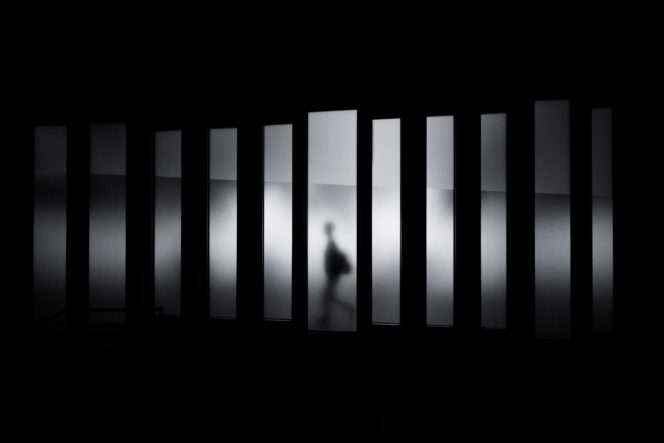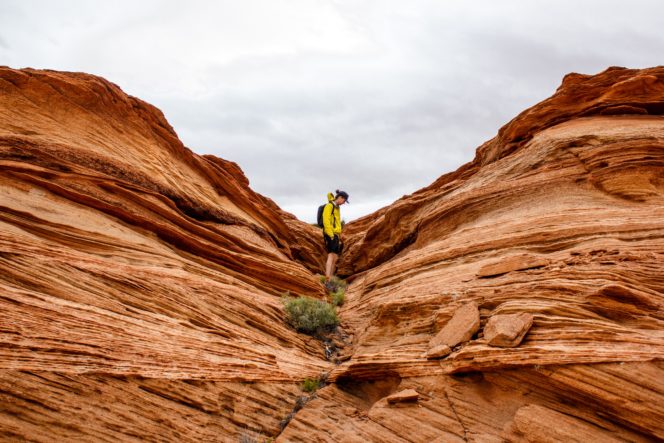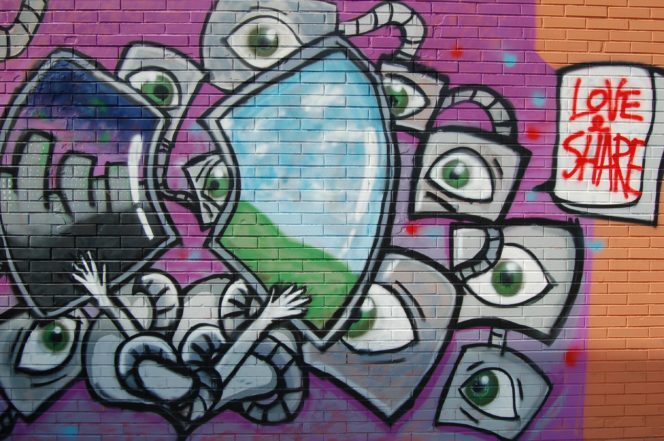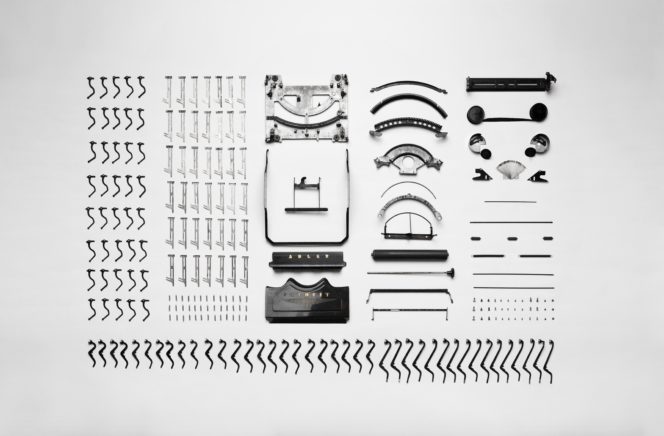
In Book 1 teacher training with Dr. Laurie Scott four years ago I took my first stab at writing a coherent teaching philosophy. It spoke to who I was at the time and how I was developing as a human being. For my Suzuki degree with Carrie Reuning-Hummel at Ithaca College I was again tasked with distilling my teaching philosophy down into words. The following essay is my response.
In an interview with Mountain Record, composer and singer Meredith Monk states, “The inner voice has both gentleness and clarity.” She continues, “To get to authenticity you really keep going down to the bone. To the inevitability of something.” The deeper I dive into violin playing, the more this feels true. The further I master the instrument, the more playing violin feels like being my authentic self. And the more time I spend focused in a practice room, devoid of orchestra chair ranking anxiety and chamber quartet politics, the more I feel I embody gentleness and clarity. It is not, as far as I can tell, because I have some magical connection to the violin, but because having a deep, authentic connection to anything gets at the truth of what it means to be a human being.
Meredith Monk is not the only artist to recognize that going “down to the bone” of something gets you to an inevitable, clear truth. Experts of chess, martial arts, writing, meditation, surfing, painting, and many other disciplines have shared the same discovery. In The Poetry Writer’s Handbook, poet Mary Oliver describes writing a poem as, “a kind of impossible love affair between something like the heart (that courageous but also shy factory of emotion) and the learned skills of the conscious mind.” Her daily ritual of writing as she strolls through the natural world of Cape Cod, described in an interview with Krista Tippett, allows her heart and conscious mind to meet and then transcend merely her own experience. She says, “Many of the poems are ‘I did this. I did this. I saw this.’ I wanted them — the ‘I’ to be the possible reader… Rather than about myself. It was about an experience that happened to be mine but could well have been anybody else’s… It enjoined the reader into the experience of the poem. I became the kind of person who did the walking and the scribbling but shared it.” Like Oliver, chess master Joshua Waitzkin experienced a sort of self transcendence as he transitioned to become a world class Tai-Chi push hands competitor. The deeper he moved into the heart of Tai Chi, the more he realized it was fundamentally the same as chess. In his book, The Art of Learning, Waitzkin describes the sensation of performing a Tai Chi meditation while he was actually playing chess, or deconstructing the attacks of his martial arts opponent with chessic analysis. In the last chapter he states, “The real art of learning takes place as we move beyond proficiency, when our work becomes an expression of our essence.”
I began taking Suzuki violin lessons with my mother at the age of four. I don’t remember much about our lessons in the beginning, other than the fact that it was part of what we did as a family. Just like I attended school, brushed my teeth, and read books, I also played the violin. I took a journey with my mother from my first bow hold all the way through college auditions. She attended every lesson and concert, and stayed engaged in my development throughout. My mother negotiated with me the difficult way that is mastery — from violin being something we did as an activity, to something I could do, to something that was annoying, to something that was intriguing, to something that was utterly soul fulfilling. She never doubted playing the violin was something I would continue to do, even when I faced challenges. [Read more…]









